Beyond repatriation: Building value through community spaces


Repatriation is shifting from returning objects to restoring relationships, as seen in the Gónô Tmutul Storytelling Festival, which fosters cultural continuity and community empowerment.
Many scholars and activists refer to the 2020s as the 'Decade of Returns', marked by an ongoing wave of cultural objects being repatriated to their countries of origin.
However, beyond the focus on physical repatriation lies a crucial question: What happens after the return? How can repatriation go beyond simply restoring heritage objects to their places of origin and instead foster meaningful, reciprocal processes that uphold dignity and contribute to the flourishing of source cultures?
How can repatriation go beyond simply restoring heritage objects to their places of origin?
This approach shifts the focus from a transaction—a handover of an object—to a transformation, where the return is only the beginning of a shared journey. These spaces allow for storytelling, healing, and imagining new futures, creating opportunities for the source communities to build spaces that last long after the objects have returned.
A Storytelling Festival: Repatriation as community-building
A powerful example of this is the Gónô Tmutul Storytelling Festival held in June 2024 at Lake Sebu.
Funded by a SOAS IAA Grant, it is a way to reimagine how repatriation might look like beyond high-profile state-to-state negotiations that often mirror neocolonial nationalist agendas, to a return that is deeply relational and communal - driven not by legal battles and statecraft but by ongoing personal relationships and levels of affect that cannot be staged or manufactured.
Creating spaces for cultural continuity
Born out of the return of a personal collection from an Englishwoman, Billie Riley, to the Tboli community in Lake Sebu, Cotabato, in the Philippines, a simple act of restitution became something much more profound.
The return of the objects inspired the Tboli to create a community space that will allow for the remobilisation of traditional narrative forms to reconnect material and intangible dimensions of Tboli culture, evolving into a reflective, Tboli-centered space for preserving and sharing knowledge, separate from performative, tourist-driven contexts.
When Benjie Manuel, the School Head of the first IP (indigenous people) Senior High School in the Philippines and the force behind the concept of Gónô, came to London to speak to museum curators, Filipinos in diaspora and even A-Level students in the UK through interactive sessions held during the ESRC’s Festival of Ideas, it became clear how future repatriations might be modelled around a framework of deep and reciprocal cultural connection.
Repatriation vs. rematriation: Restoring relationships, not just objects
This process illustrates the difference between repatriation and rematriation. Repatriation refers to the physical return of objects, but rematriation speaks to a deeper restoration of relationships and cultural continuity. It’s about returning not just what was taken but also the restoration of power, agency, and dignity that come with ownership of one’s heritage.
What makes these examples stand out is the seamless weaving between research and community engagement. Provenance research, often seen as the domain of museums, becomes a tool for building connections when done in collaboration with source communities. It involves not just tracing the origins of objects but also listening to the stories of the people to whom they belong.
In this context, the physical return of objects is only one step in a larger process. What differentiates meaningful returns from symbolic gestures is the creation of spaces—both physical and metaphorical—where dialogue can flourish. These spaces foster reciprocal engagement, allowing institutions to learn from source communities and source communities to reclaim their narratives.
For too long, the narrative around cultural objects has been shaped by those who hold them in museums.
This shift is crucial in addressing the power imbalances that often characterize the relationship between collecting institutions and source communities. For too long, the narrative around cultural objects has been shaped by those who hold them in museums or private collections, often far from their places of origin. By creating spaces for dialogue, communities regain the power to define what these objects mean and how they should be cared for.
The impact of such spaces is not limited to the communities directly involved. They also serve as powerful examples for other institutions grappling with questions of return and restitution. They demonstrate that returning objects doesn’t have to be an endpoint—it can be the beginning of a transformative relationship.
Looking ahead: The future of repatriation and rematriation
Halfway through this 'Decade of Returns', the distinction between repatriation and rematriation will become increasingly important. Repatriation addresses the question of ownership, but rematriation addresses the question of belonging. It recognises that cultural objects are not just artifacts but carriers of memory, identity, and continuity.
Rematriation addresses the question of belonging. It recognises that cultural objects are not just artifacts but carriers of memory, identity, and continuity.
The challenge for institutions is to embrace this broader vision of return. This means going beyond legal and logistical frameworks to invest in relationships, trust-building, and shared purpose. It means supporting communities by creating spaces like Gónô Tmutul that allow cultural heritage to thrive in its fullest sense.
For institutions, this presents an opportunity to redefine their role—not as proprietors and preservers of material culture but as stewards and collaborative partners in cultural revitalization. For communities, it is a moment to reclaim, reconnect with, and reimagine their cultural heritage.
About the authors
Dr Cristina Juan is a Research Fellow in Philippine Studies at SOAS University of London.
Benji Manuel, an educator of over 20 years, is a culture bearer and researcher of his Tboli indigenous heritage. He heads the IP Senior Highschool in Lake Sebu and is a respected leader and advocate for Tboli indigenous rights, dignity and flourishing.






